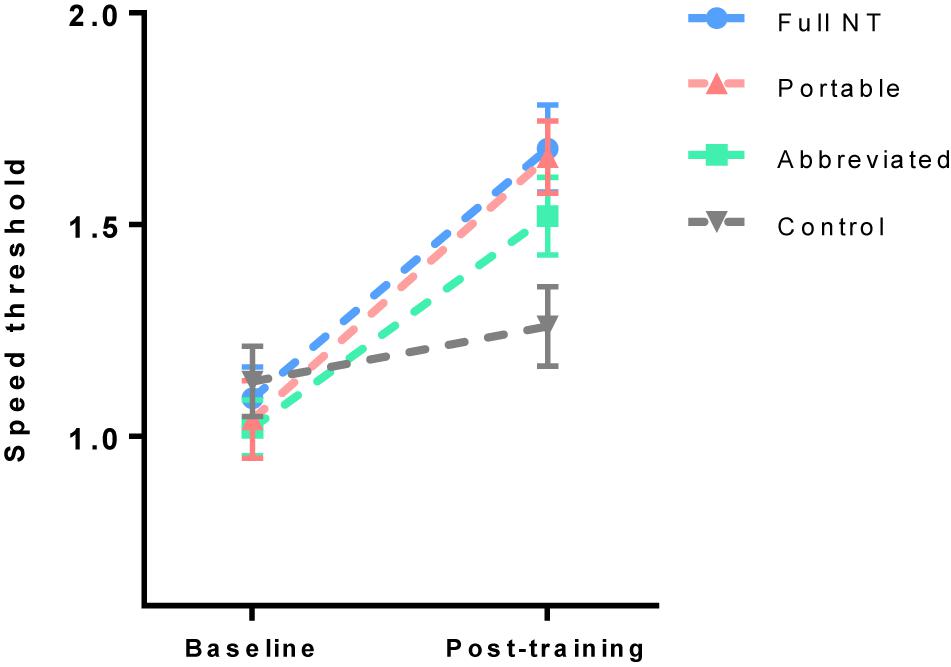

- #WHAT OTHER PROGRAM IS EQUAL TO NEUROTRACKER SYSTEM FULL#
- #WHAT OTHER PROGRAM IS EQUAL TO NEUROTRACKER SYSTEM CODE#
Thus, on a 32-bit architecture NULL (likely) is 4-byte and on 64-bit architecture 8-byte.
#WHAT OTHER PROGRAM IS EQUAL TO NEUROTRACKER SYSTEM FULL#
Set aside the fact that it is usually implemented as zeros, it must be able to express the full address space of the architecture. Next, NULL is a pointer value that specifies that a variable does not point to any address space. This is normally different from NULL or 0. In C++, character literal is implemented as char, which is 1 byte. In C, it is implemented as int, so, it's the same as 0, which is of INT_TYPE_SIZE. "null character (NUL)" is easiest to rule out. What is the difference between NULL, ‘\0’ and 0 Check out sections 6.3.2.3 Pointers, paragraph 3. Just because the bit representation is the same, and this allows for some convenient cross over cases, they are not really the same thing. if (*char_pointer)Ĭhecks if the char pointer is pointing at a non-null character.ĭon't get these confused with null pointers. However, you may see something similar to this code: if (!*char_pointer)Ĭhecks if the char pointer is pointing at a null character. So '\0' is completely equivalent to an unadorned 0 integer constant - the only difference is in the intent that it conveys to a human reader ("I'm using this as a null character."). '\0' is (like all character literals) an integer constant, in this case with the value zero. '\0' is defined to be a null character - that is a character with all bits set to zero. The following are INVALID ways to check for a null pointer: #define MYNULL (void *) 0xDEADBEEFĪs these are seen by a compiler as normal comparisons. If the underlying architecture has a null pointer value defined as address 0xDEADBEEF, then it is up to the compiler to sort this mess out.Īs such, even on this funny architecture, the following ways are still valid ways to check for a null pointer: if (!pointer) Note that the value of a null pointer in the C language does not matter on the underlying architecture.
#WHAT OTHER PROGRAM IS EQUAL TO NEUROTRACKER SYSTEM CODE#
This might work if mynull never changes in the code and the compiler optimizations constant fold the 0 into the if statement, but this is not guaranteed and the compiler has to produce at least one diagnostic message (warning or error) according to the C Standard. To the compiler this is not a check for a null pointer, but an equality check on two variables. The following are INVALID ways to check for a null pointer: int mynull = 0 This if statement implicitly checks "is not 0", so we reverse that to mean "is 0". if (pointer = 0)Ġ is another representation of the null pointer constant. It is implementation defined what the actual definition of NULL is, as long as it is a valid null pointer constant. NULL is defined to compare equal to a null pointer. Therefore, here are some valid ways to check for a null pointer: if (pointer = NULL) Depending upon your compiler it might be possible to #undef NULL and redefine it to something wacky. The C standard defines that 0 cast to the type void * is both a null pointer and a null pointer constant.Īdditionally, to help readability, the macro NULL is provided in the header file stddef.h. This 0 is then referred to as a null pointer constant.

If a pointer is being compared to the constant literal 0, then this is a check to see if the pointer is a null pointer. In all cases, it is still an integer constant with the value 0, it is just described in different ways. The integer constant literal 0 has different meanings depending upon the context in which it's used. Note: This answer applies to the C language, not C++.


 0 kommentar(er)
0 kommentar(er)
